As renewable energy continues to grow in popularity, tidal power is becoming an increasingly promising option.
Tidal energy harnesses the power of the tides, making it a reliable and consistent source of energy.
For those hoping to reduce their reliance on fossil fuels, tidal energy may be the answer. However, consider the pros and cons before deciding whether tidal power is right for you.
This blog post will explore the pros and cons of tidal energy so that you can determine if this source of energy is the best option for you.
What Is Tidal Power?
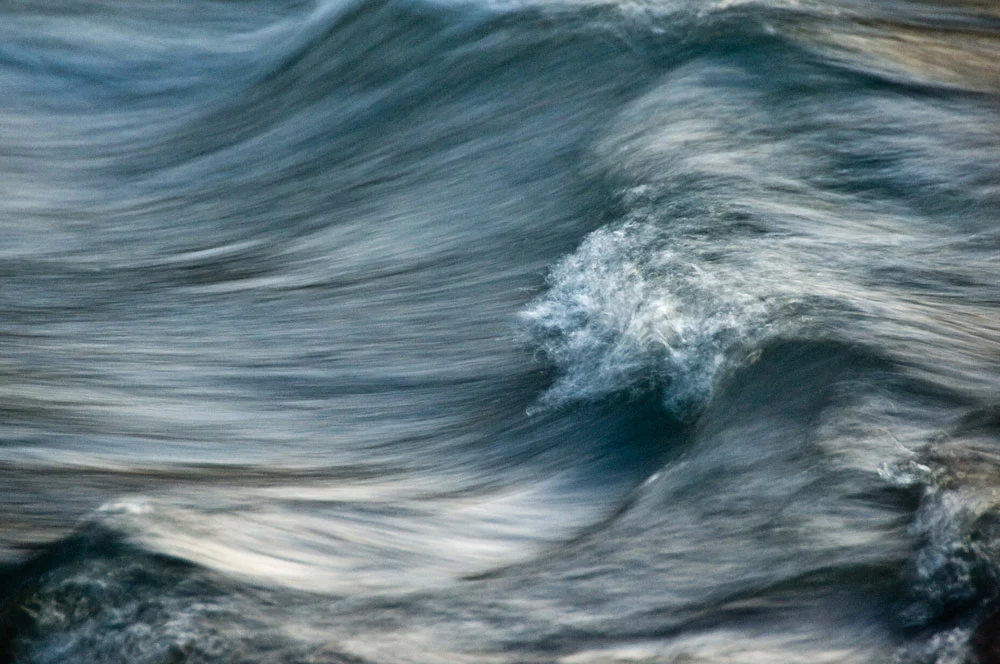
The wave of water in showing tidal action.
Tidal power is a type of renewable energy that harnesses the power of moving bodies of water to generate electricity.
You can do this using the kinetic energy created when waves or tides move through a waterway, such as an ocean or river.
How Does Tidal Energy Work?
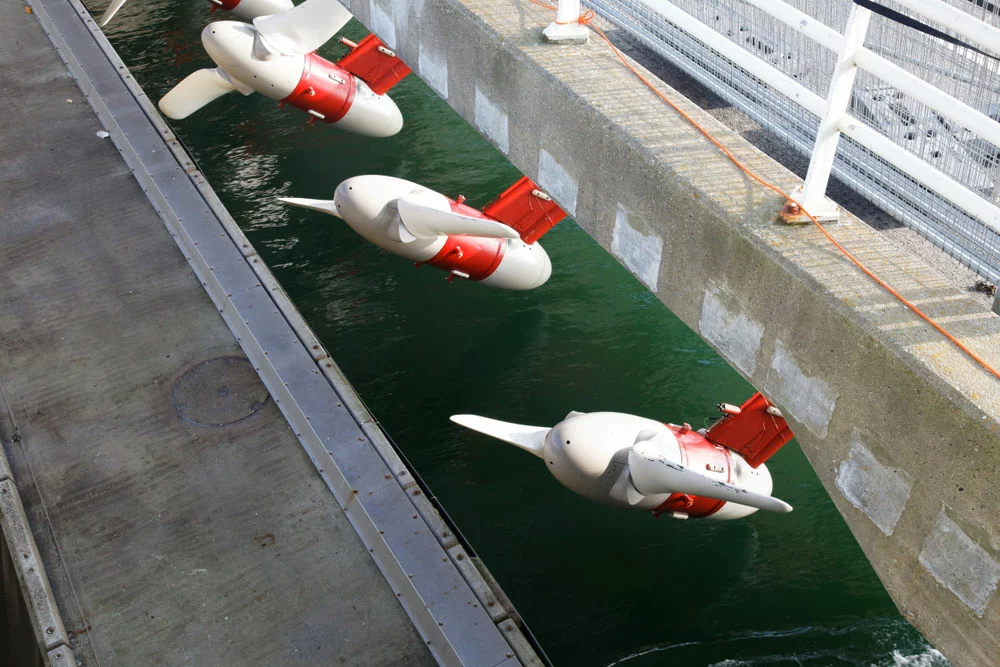
Tidal turbines in a hydropower station for green energy
The moon and sun’s gravitational pull creates tidal energy, resulting in water flowing in currents to generate electricity.
Tidal power plants use the difference in height between high and low tide to power turbines and produce electricity.
Usually, power plants are suitable for locations on the coastlines of large bodies of water, such as oceans or lakes.
These plants have three components: a dam (which creates a reservoir), an intake structure (which extracts energy from water flowing through it), and turbines that spin as the water flows through them.
Powe plants place the intakes at high shoreline points, capturing most of the incoming tidal flow and directing it into a pipe system below them.
The turbines then convert these moving blades into mechanical energy using gearboxes connected to generators.
Tidal energy pros and cons: Advantages of tidal energy
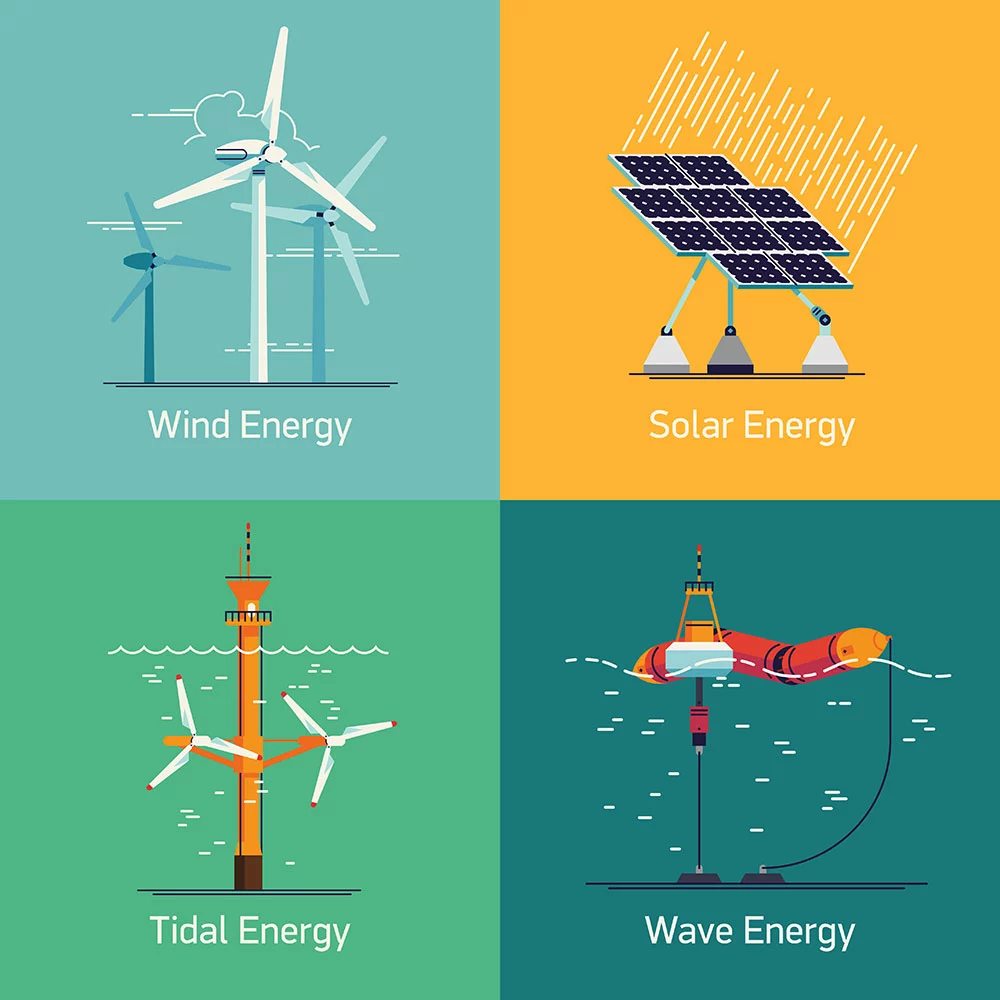
green power sources such as wind turbines, solar panels, tidal and wave energy
- It is cheaper to maintain.
- Tidal energy is a renewable source of energy.
- You can harness it without damaging the environment.
- It doesn’t need large amounts of land or water to operate. Thus, people can use it in places with limited land or water access.
- Tidal turbines are more efficient than wind and solar sources.
- Tidal forces are relatively predictable and reliable.
Tidal energy pros and cons: Disadvantages of tidal energy
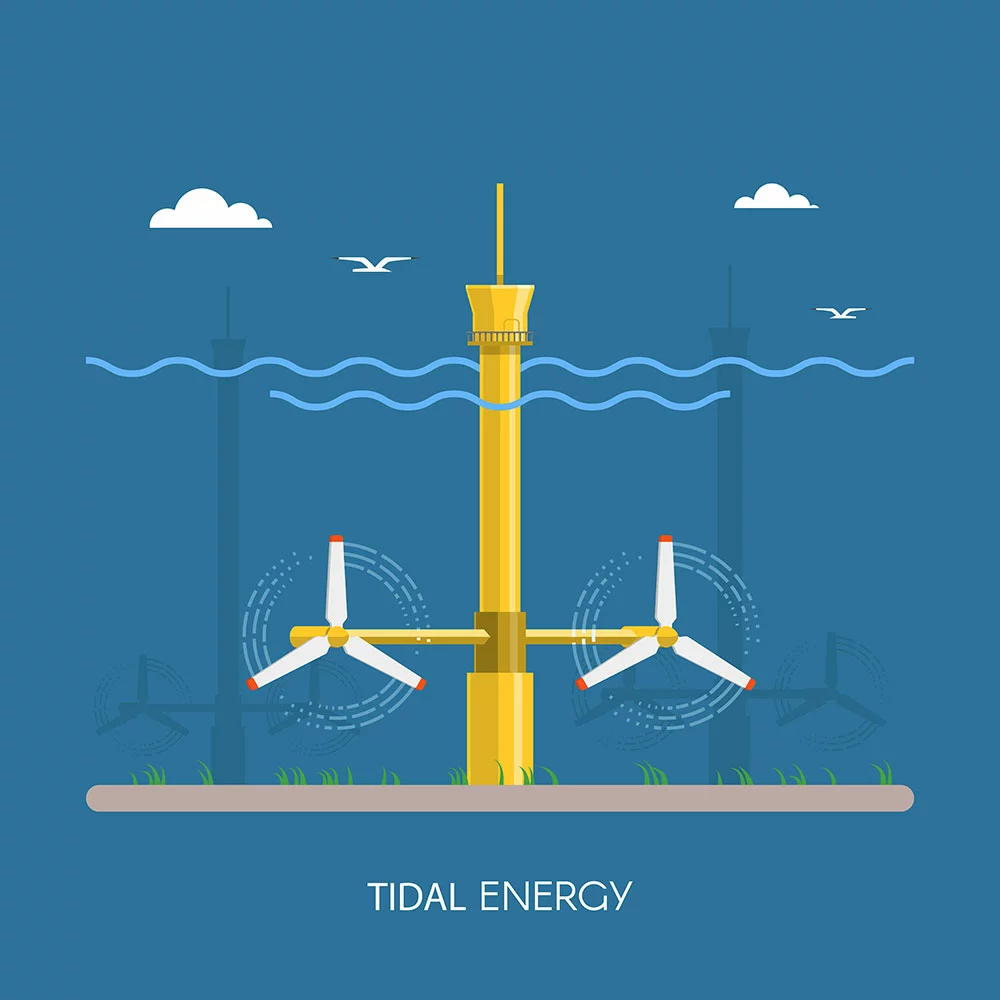
Tidal power plant and factory
Some of the top tidal energy disadvantages include:
- Tidal power plants are expensive to build and operate.
- It’s not available everywhere in the world
- Disrupts marine life.
- A limited number of sites are suitable for constructing a barrage.
- Silt accumulation behind barrages.
- Turbines have a lifespan of approximately 20 years. Hence there is a need for replacements.
Does tidal power have a future?
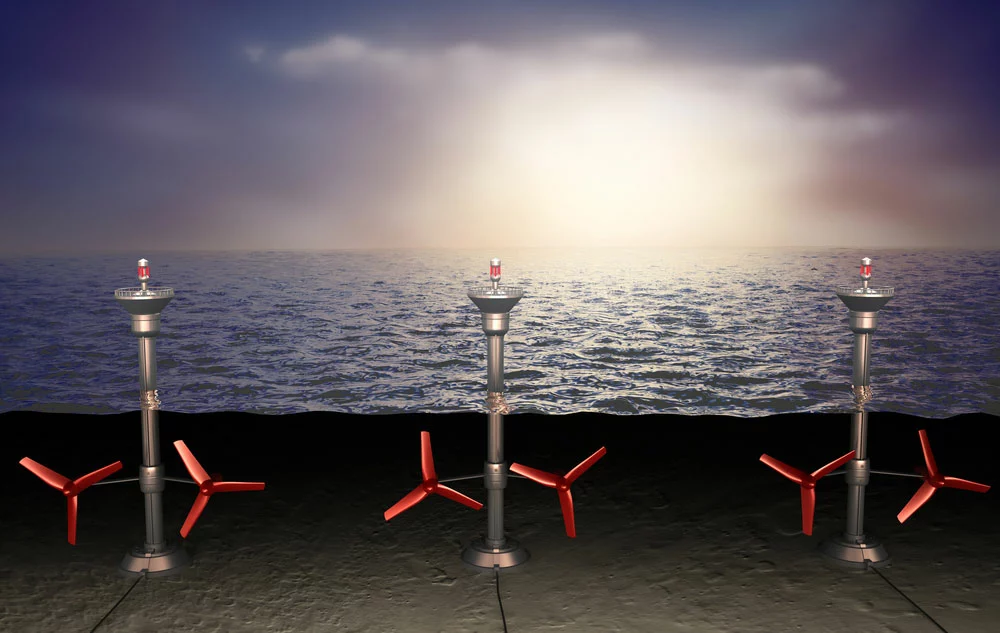
Tidal energy illustration
Tidal power has the potential to be a vital part of the future energy mix, but it’s not here yet. The main reason why this technology hasn’t caught on more is because of its high cost.
However, with more extensive research on how to make it cheaper and more efficient, it may soon be able to compete with other forms of energy.
Globally, energy power plants can capture tremendous energy through tidal motions. Oceans around the world contain about one terawatt of usable energy.
This would be sufficient to power 10 billion 100-watt light bulbs simultaneously.
Summary
While tidal energy is still in its early days of development, it has the potential to provide a clean, renewable energy source that could provide substantial benefits to both utility companies and private consumers.
Tidal energy may be worth considering if you want to make a difference in the energy sector.
However, there are also some major cons of tidal energy that you need to consider before deciding if this is the way to go. The process of harnessing tidal energy can be complicated and expensive.
Despite the obstacles, though, we still believe that tidal energy is a major player in the future of renewable energy.
